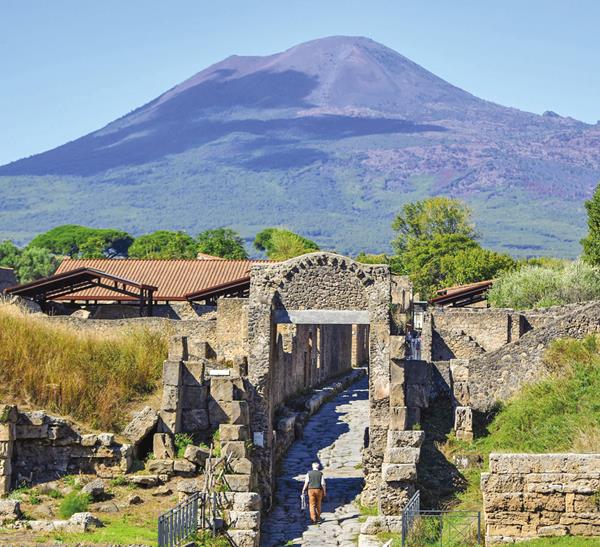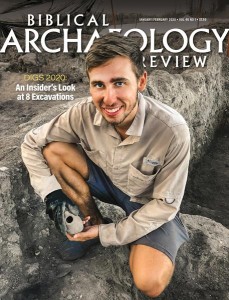Strata: Classical Corner
Rescuing and Recovering Vesuvius’s Survivors

Contemporary news reports about natural disasters always focus on the survivors. They typically include interviews and photos of lives uprooted by the earthquake, volcano, or storm. In contrast, ancient Roman disaster narratives almost never mention survivors. As a result, even the survivors of the greatest natural disasters of antiquity are missing from the historical record, and basic questions about survivors aren’t typically discussed.
The eruption of Mt. Vesuvius and the subsequent destruction of Pompeii and Herculaneum in 79 C.E. is no exception. Despite the firsthand accounts of the eruption by Pliny the Younger to Tacitus (Letters 6.16 and 6.20), the question of survivors has been an open one. Some scholars have assumed that many of the cities’ inhabitants must have escaped, while others conclude—based on the thousand skeletons discovered in the excavations—that everyone perished. However, these discussions took place without much evidence.
It turns out that the evidence was there all along; it just needed to be collected and interpreted. My recent (and mind-numbingly tedious) research project has attempted to answer whether anyone escaped Pompeii and Herculaneum. If so, where did they resettle, and did the Roman government matter in the aftermath of the disaster? The project compiled databases of family names using inscriptions from the origin cities of Pompeii and Herculaneum and the prospective “refuge cities” of Capua, Cumae, Naples, Nola, Ostia, Paestum, Puteoli, Salerno, Surrentum, Ulubrae, and Velia.
Already a library member? Log in here.
Institution user? Log in with your IP address.

